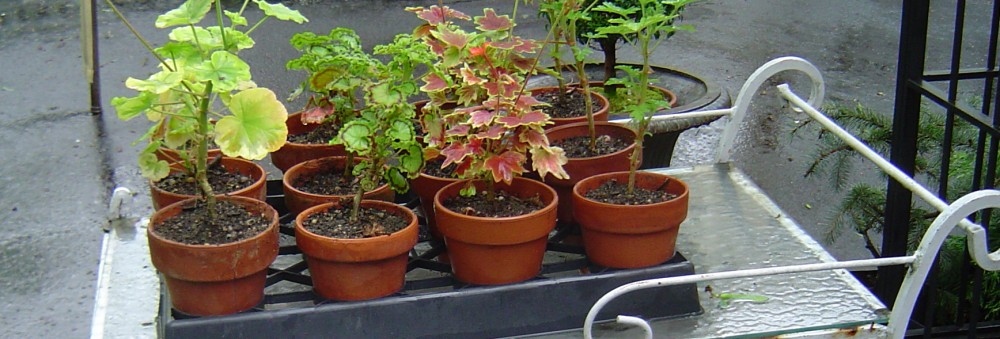A double feature this week! I missed posting last week as I was in the throes of helping my daughter move into her apartment from where she will attend graduate school. She will be dearly missed. Living at home since the pandemic, she morphed into a very capable gardener and I’d come to rely on her assistance. Fingers crossed she will miss the garden and visit often enough to help out. It’s only a 3 hour 45 minute drive – surely a monthly trip is possible? I live in hope.
A couple of weeks ago, I placed my bulb order for fall planting. A few weeks later than usual due to all the traveling I was doing. As expected, a few of my choices tulips were sold out. Some other favorites were not being offered. I had to find alternatives and make design adjustments as I was placing my order on the phone.
Note: Being able to speak to an actual person is far better than ordering online or by mail. I could discuss alternatives that were suggested when my selections were not possible.
I found out that due to the horrid heat endured throughout Europe last year, the volumes of bulbs were smaller this year. The heat also put paid to certain longtime favorites.
Given this year’s unusually wet, cool summer will in all possibility impact next year’s bulb production. This is the direct result of changing climate. Similarly, other plants will also be affected. We must ready ourselves to shift how we garden and what we plant.
Just yesterday, I heard that the olive oil production this year will be 20% less than last year when it was already lower than usual. The excessive heat over the summer all across the olive growing regions in Europe has caused the olives to drop before its time. I’m bracing myself for a hike in cost.
So, if you haven’t as yet got around to ordering your bulbs, don’t waste any more time. The tulip selections have been seriously impacted. The alliums, camassia and such were not as affected but its only a matter of time that they too will. This is a gentle warning that global warming is happening and we as citizens of the world as well as our governments and corporations must take action before it gets worse. So much is at stake. We cannot ignore the writing on the wall. A reckoning is underway.
As gardeners we are generally so busy doing thing that we mostly miss out on the wondrous goings on in the garden. We see what is in bloom but don’t pay attention to the details of the flower. Similarly, we don’t notice the beautiful and brilliantly designed seedpods specific to a plant. We miss noting details of shapes, colors, interactions of the many critters with the plants and so much else all through the seasons. We think we notice but we don’t really. Mindfulness takes conscious effort and time.
This was made beautifully apparent when I attended a ‘mindful walk’ at the botanical gardens at Cornell University in Ithaca, NY this past Friday. Sarah and Kevin who work there, took our little group on a slow walk where they pointed to plants and trees and highlighted things we had to stop and look closely to truly understand and appreciate the details. Patterns, designs, textures and how they evolve and change over time. There’s always something you notice that you’d missed before. How flora and fauna work together, how colors complement or camouflage, how pollinators are attracted and guided to do their work… the list is endless! This kind of walking is meditative and so uplifting for body, mind and spirit.
Full disclosure – I do my best to be mindful in my garden but it is hard because I’m often distracted by to-do elements – weeds that need pulling, plants that need staking or trimming, what needs watering, who is attacking and munching on whom. It’s much easier for me to go to a public garden and do a really good mindful walk. Perhaps one day, I will be evolved enough to do the same in my own garden. To simply and purposefully observe is a goal.
I sincerely believe that in being mindful, truly present in the garden and in everything else in life is how we will stay aware of changes in the environment, our homes and in ourselves and act accordingly before matters get out of hand. Everything in Nature is connected and together we can overcome any challenge. Together we will thrive. We must.
Note: Some images from past years to get you motivated to order bulbs for fall planting –


















(c) 2023 Shobha Vanchiswar
[do_widget “Blog Subscriptions (Jetpack)”]
















































































































































